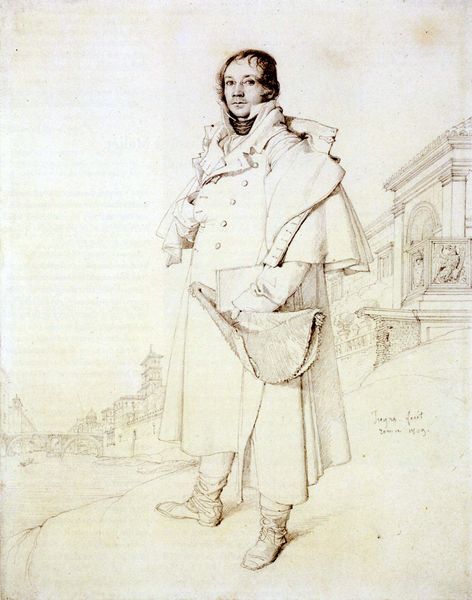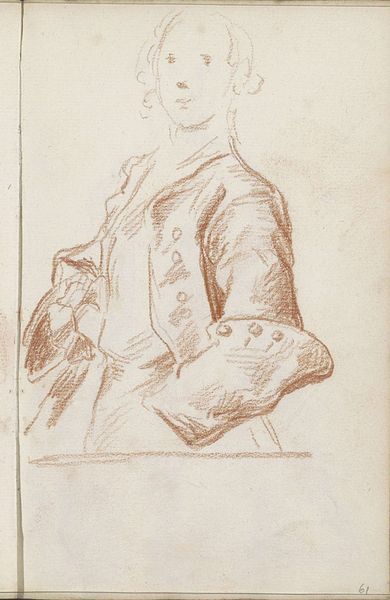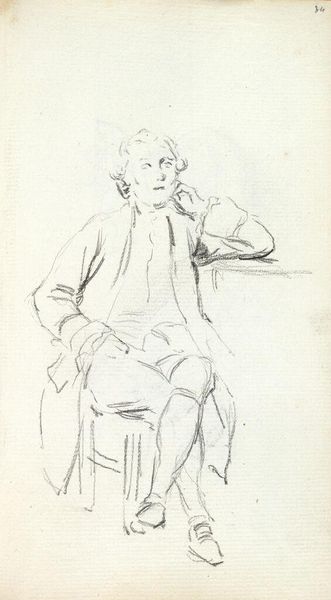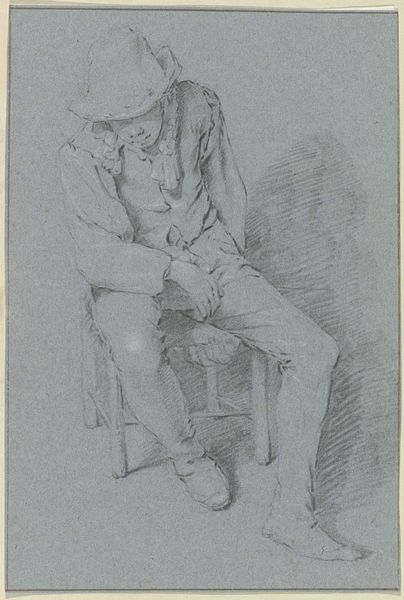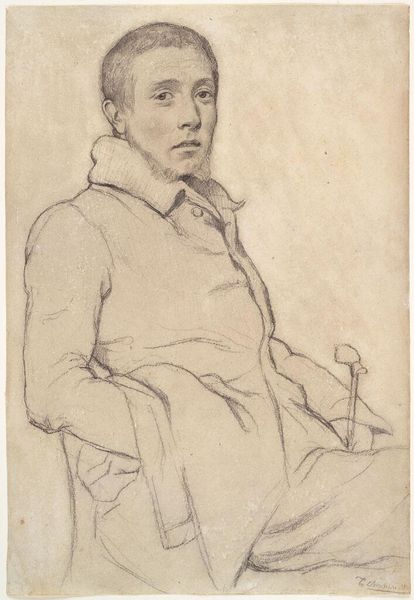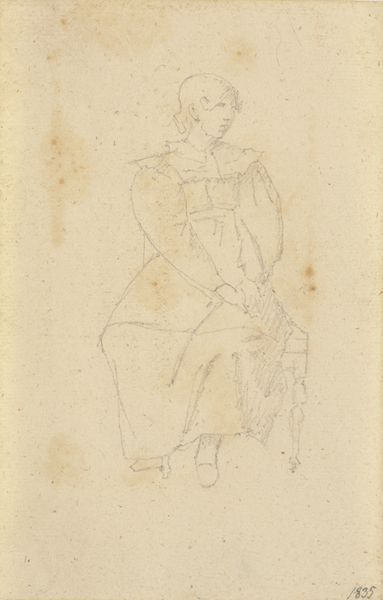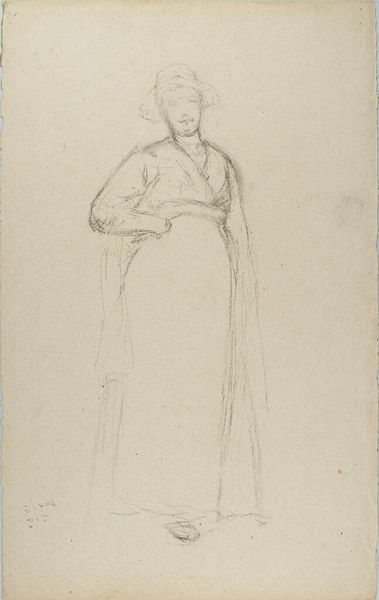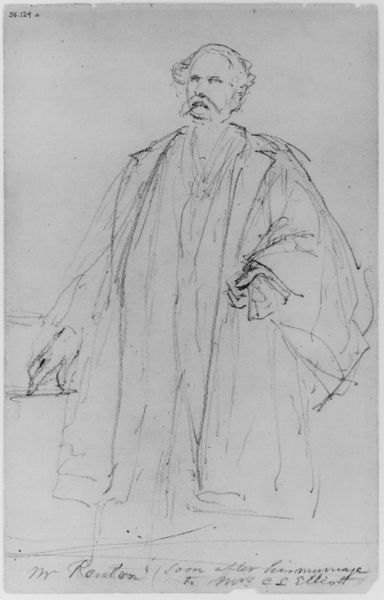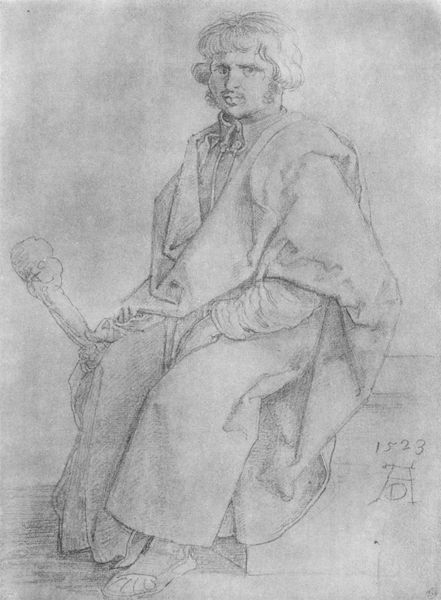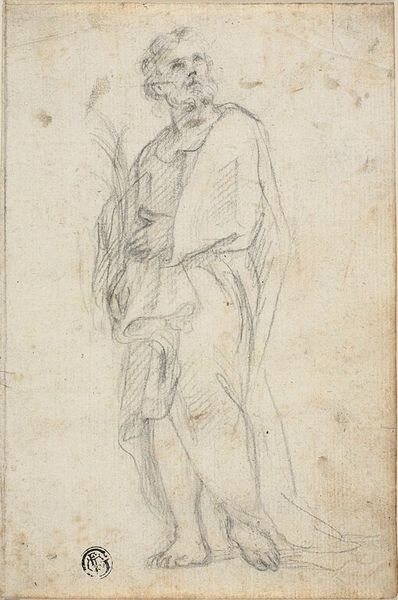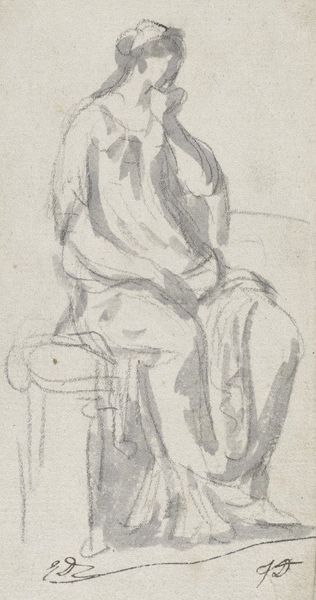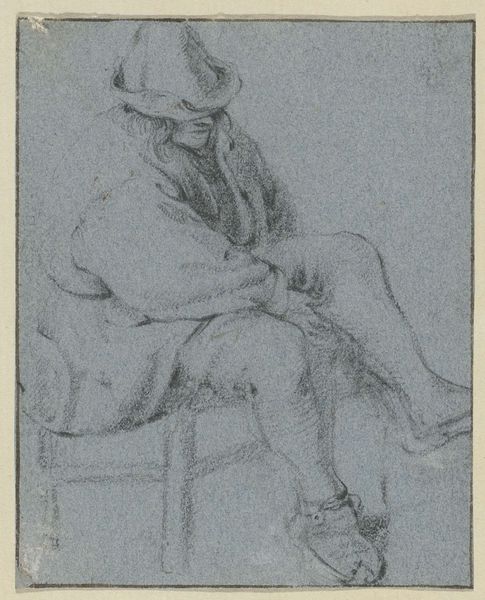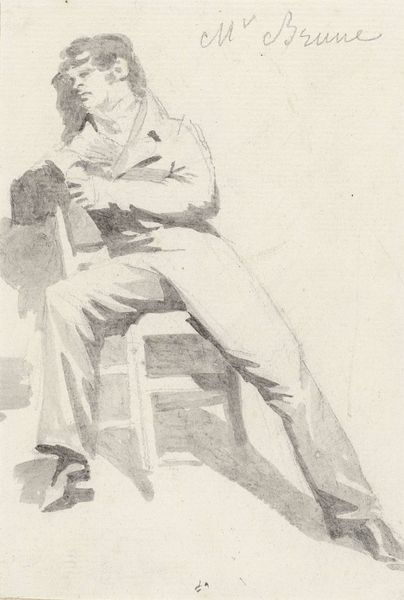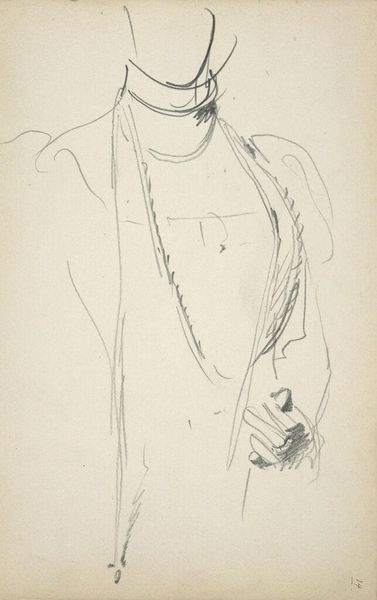
drawing, pencil
#
portrait
#
drawing
#
neoclassicism
#
pencil sketch
#
study drawing
#
charcoal drawing
#
pencil drawing
#
pencil
#
academic-art
Copyright: Public domain
Editor: Here we have what seems to be a pencil drawing of Jean François Julien Menager, crafted by Jean Auguste Dominique Ingres. It’s striking how the detail in the face contrasts with the almost sketched-in body and clothing. What strikes you most about this piece? Curator: Well, looking at this from a materialist perspective, it's fascinating to consider the economic accessibility of the medium itself. Pencil, during this period, offered a relatively inexpensive means of artistic production, especially compared to oils. Who could afford to commission or produce an oil painting versus a pencil drawing like this? Editor: That’s a good point. It's amazing to think about access. It sounds like you’re implying the use of pencil democratized art-making? Curator: Precisely. This drawing, perhaps a study or preparatory work, opens a window into the artist’s process, revealing the labor and material decisions behind the final product. Consider also the paper itself. Was it mass-produced? What was its quality? This, too, affects the final image. The accessibility of materials matters greatly. Editor: That’s such a different way of thinking about art than I’m used to. It feels like you are really trying to peel back the layers to find a truer story. Did the economics influence subject matter, too? Curator: Absolutely! The social and economic factors inherently shaped the kind of representation produced. The art isn’t just *about* the sitter; it's *of* the society in which they both operate, which gives rise to so many important cultural and aesthetic factors. Editor: This is super insightful! Thinking about the cost and accessibility of materials gives me a brand-new way to analyze art! Curator: And that is why, together, we are discovering hidden contexts.
Comments
No comments
Be the first to comment and join the conversation on the ultimate creative platform.
